Home / Mastering High-Stress Training: A Step-by-Step Guide for Thriving Cannabis Plants
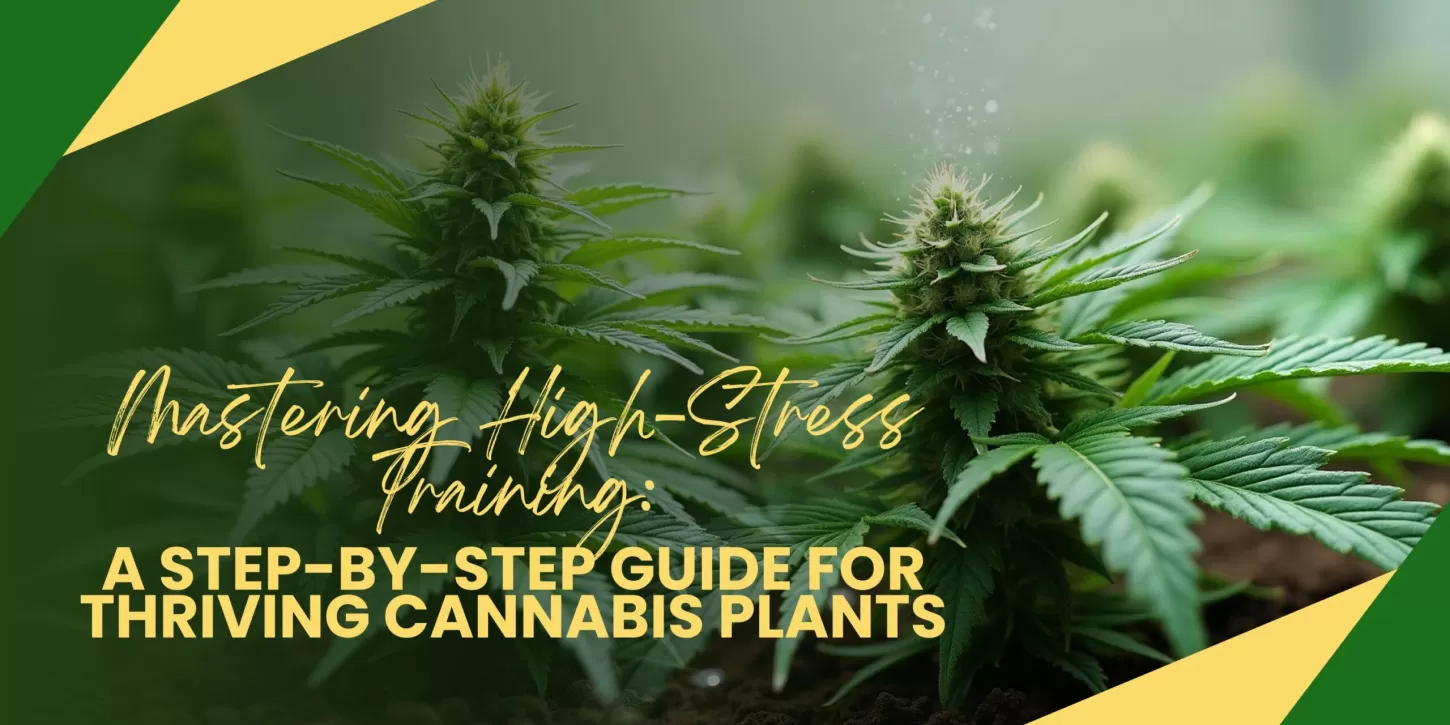
High-Stress Training (HST) is a powerful technique used by cannabis growers to maximize yields, improve plant structure, and enhance potency. By intentionally stressing weed plants, growers can encourage bushier growth, better light exposure, and higher flower production. Whether you’re an experienced cultivator or a beginner, understanding and applying high stress training techniques can take your cannabis cultivation to the next level.
In this article, we’ll dive deep into high stress training cannabis methods, including topping, IST (Intensive Stress Training), and how HST compares to low stress training (LST). Plus, we’ll provide a step-by-step high stress training guide to help you master this cultivation technique.
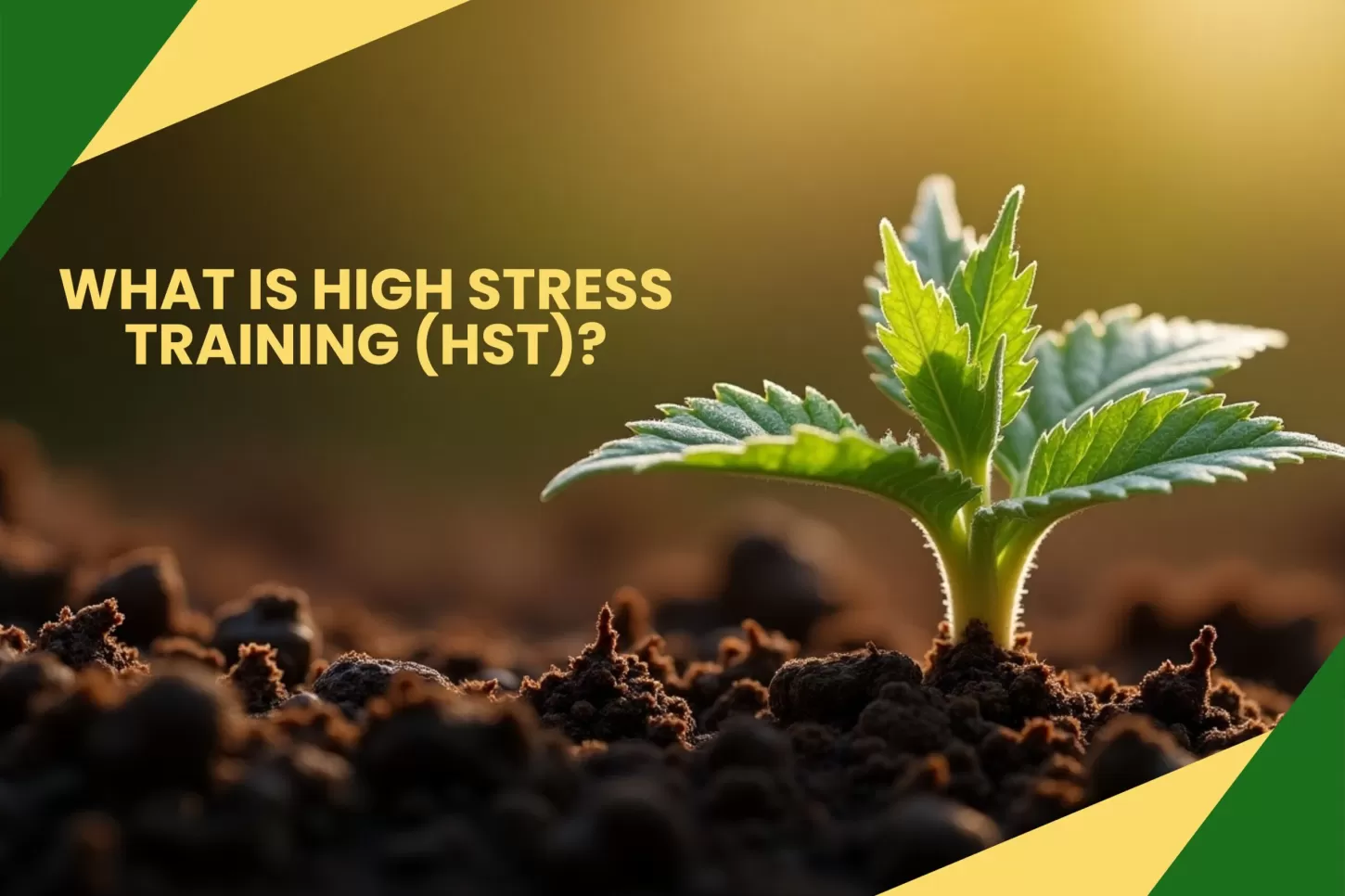
High Stress Training (HST) covers a range of advanced techniques that are used to stress cannabis plants, encouraging stronger growth and higher yields. While Low Stress Training (LST) is a technique that involves gently bending and tying back plants without causing physical harm, HST does involve a more extreme measure, mutilating them slightly by cutting or bending their stems.
These techniques compel the plant to allocate energy more efficiently, leading to a more robust structure and stimulation of additional points for flowering. It is important to note that this method does carry some risk, but when done correctly, high stress training weed plants can greatly increase yield.
Topping is a popular high stress training method. The main stem’s top growth is removed to allow the plant to have many colas instead of just one single bud.
Topping is one of the most widely used high stress training techniques. It involves cutting off the main stem’s top growth to encourage the plant to produce multiple colas instead of a single dominant bud.
A variation of the topping technique is to utilize intensive stress training (IST), that uses a combination of topping and other stress methods such as defoliation or super cropping for maximum manipulation of plants.
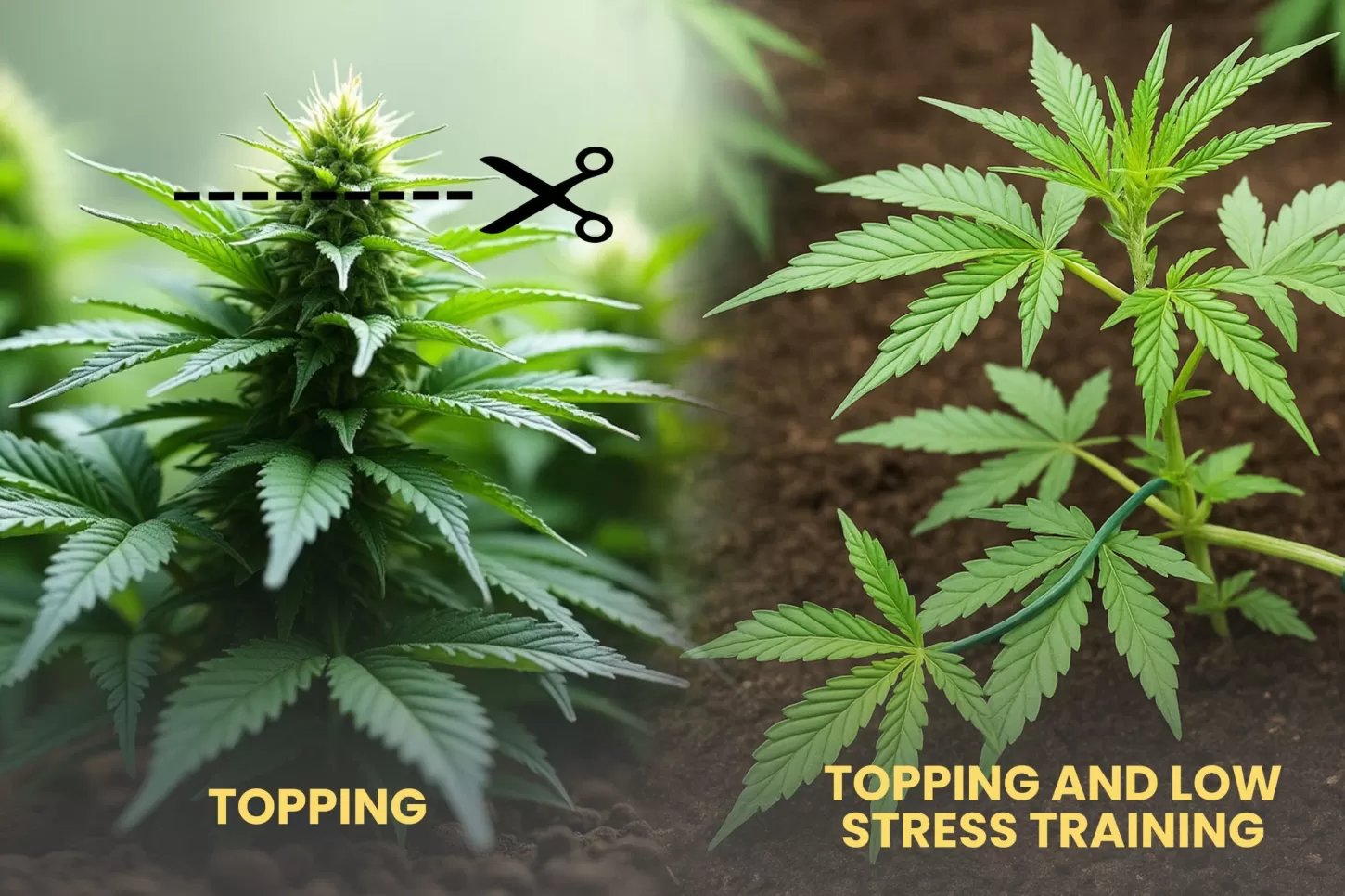
LST is typically paired with Topping for deeper control of plant shape. LST method Bending branches or tying them down.
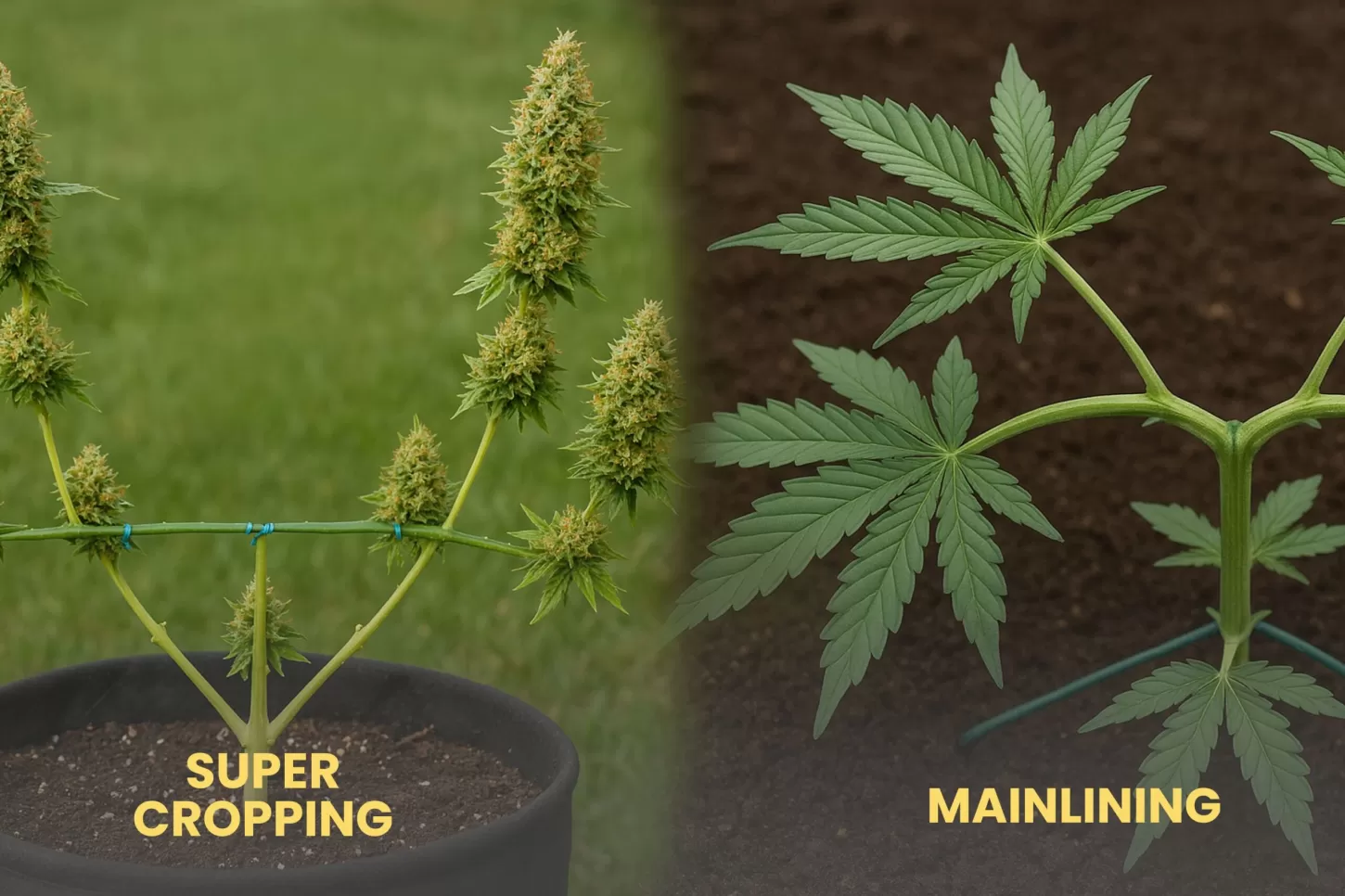
Super cropping is a more advanced high stress training cannabis technique in which growers pinch and crush a branch only enough to allow it to begin growing in another direction.
This trimming technique consists of several rounds of topping plants to develop a uniform structure with balanced colas.
With advanced high stress training, your plants are well on their way to becoming extremely productive cannabis plants, at length. Topping, IST, super cropping, and mainlining are amongst the techniques that could be used to improve the health of the plant, as well as increasing production of buds while producing plants that are healthier, more robust, and ultimately, more capable in tougher environments. This step-by-step high stress training guide will teach you everything you need to know to make a successful transition to high stress training cannabis cultivation, though mindfulness and skill will be necessary to execute the process successfully.
1. Is high-stress training safe for all cannabis strains?
HST works best with strong, healthy plants. Some strains, especially Indicas, may be more sensitive than Sativas, so monitoring recovery is crucial.
2. What’s the difference between high-stress training and low-stress training?
HST involves cutting, bending, or breaking stems to force new growth, while LST uses gentle bending without physical damage.
3. When should I stop high-stress training?
HST should be completed before the flowering stage to prevent undue stress and ensure plants have time to recover.
4. How long does it take for a plant to recover from HST?
Recovery times vary but usually take 3-7 days. Providing proper nutrients and a stable environment helps speed up healing.
5. Can I use multiple HST techniques on one plant?
Yes! Many growers combine topping, IST, and super cropping for maximum control and yield.
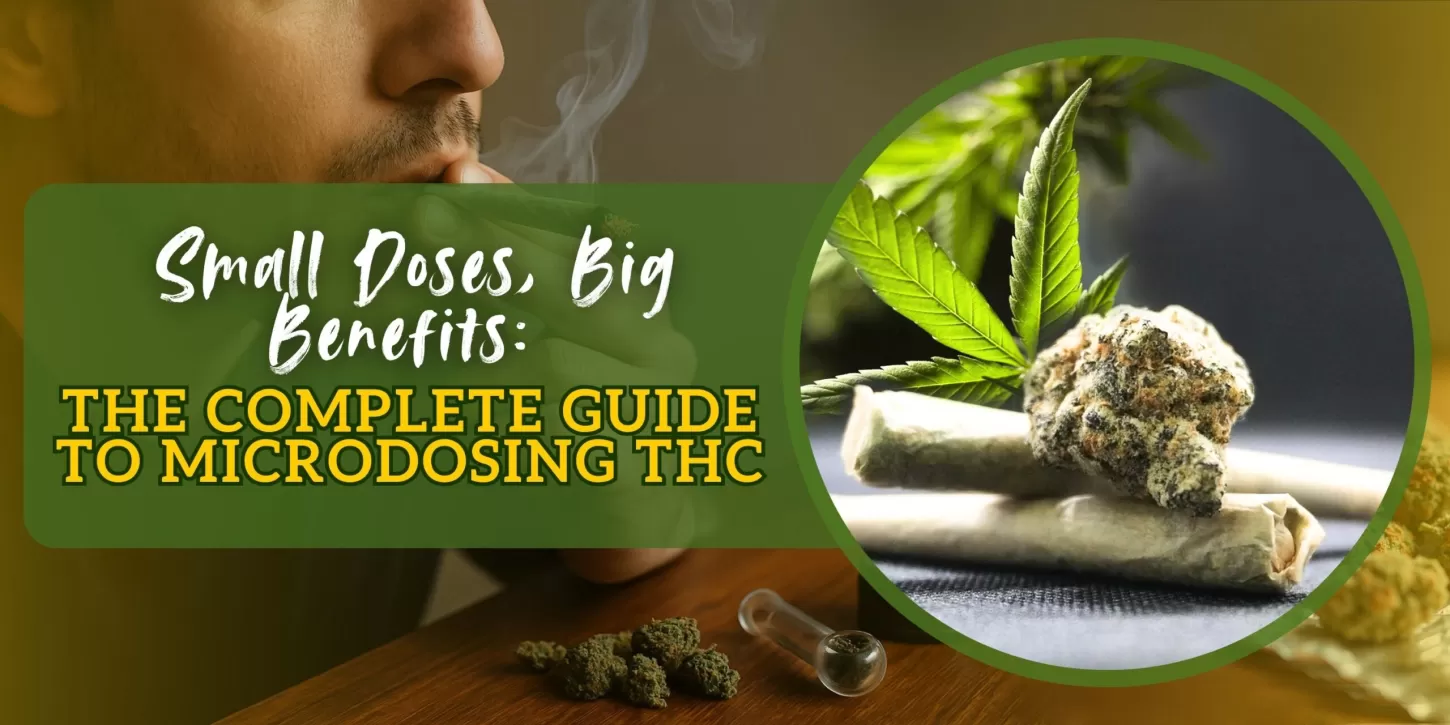
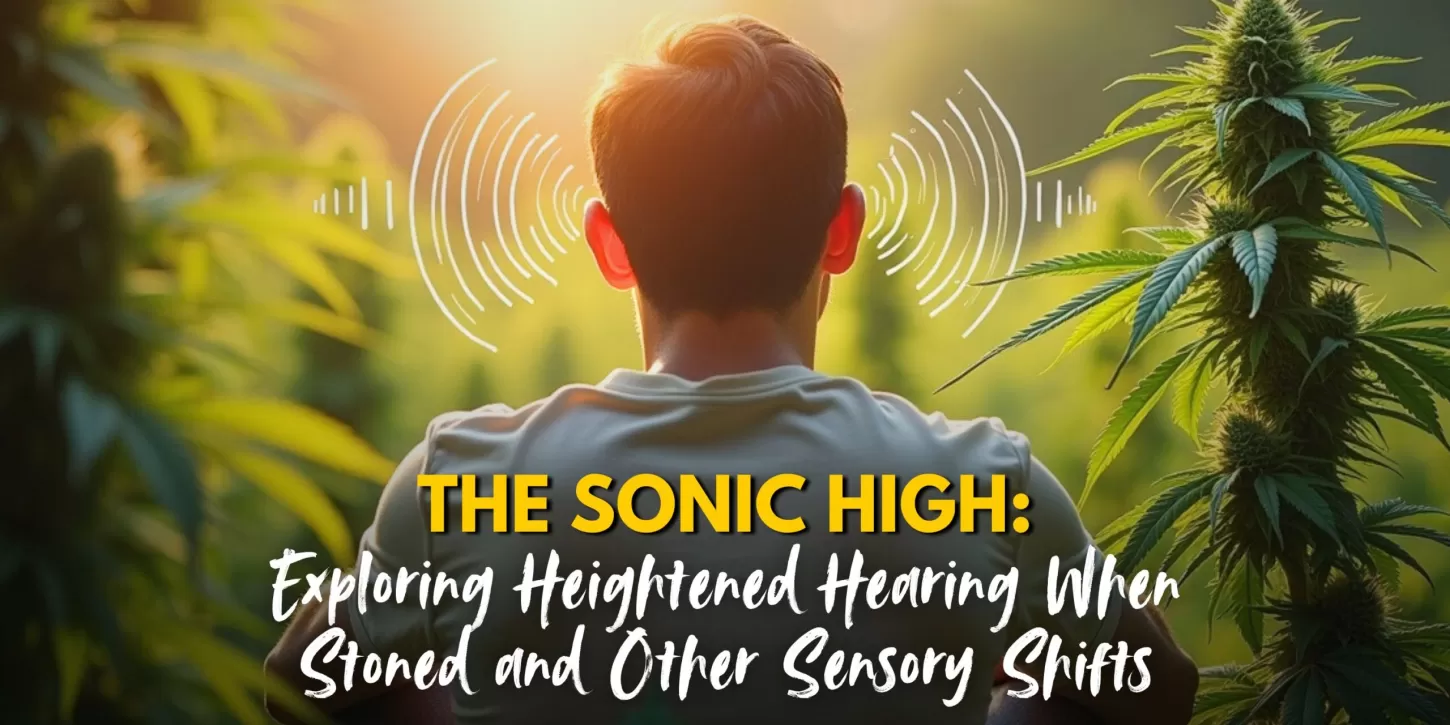
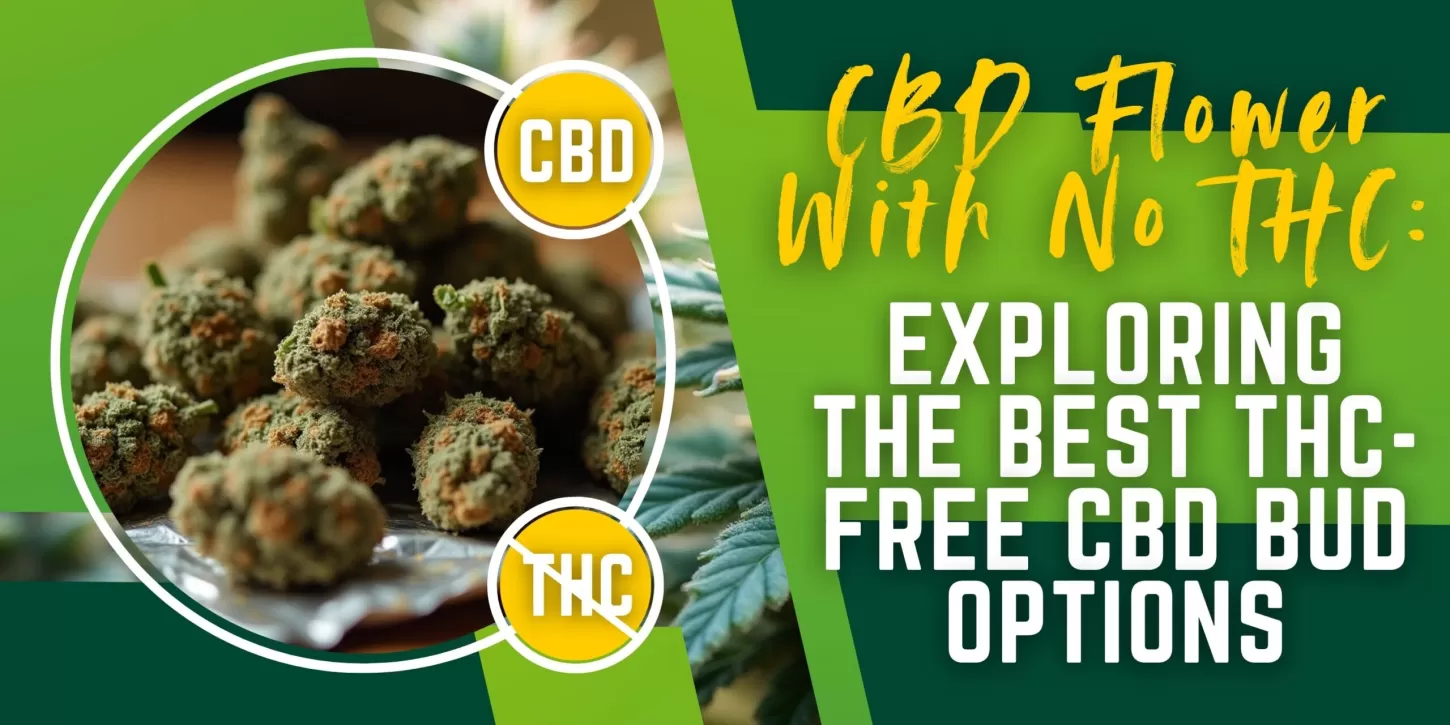
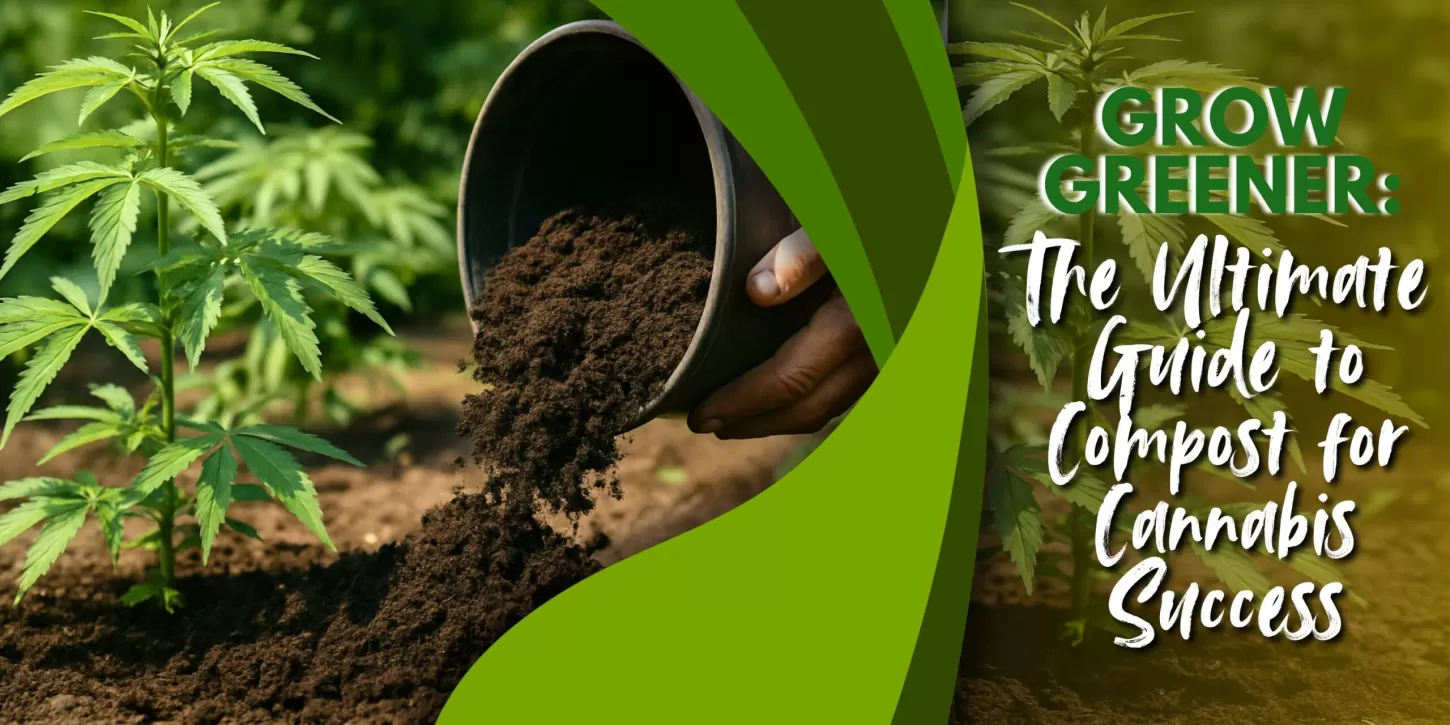
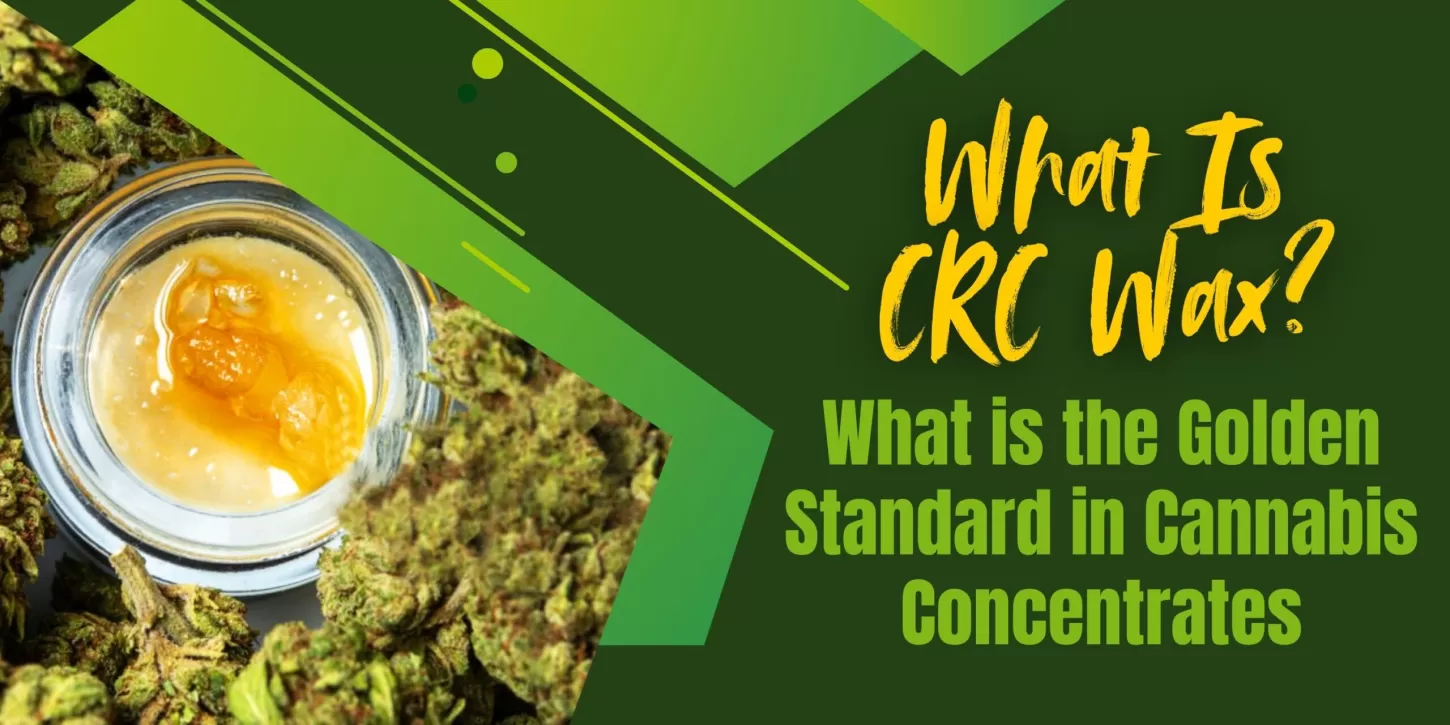
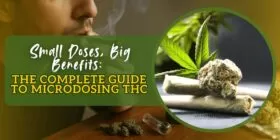


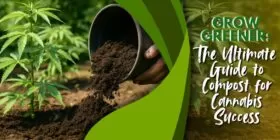
Explore a world of possibilities with VancouverSeedBank.ca. Your premier source for premium cannabis seeds, delivering quality, variety, and discreet shipping for a seamless growing experience.


Are You 18 Or Over?
By selecting “Continue”, you confirm that you are at least 18 years of age and legally permitted to access cannabis related content in your region.
By using Vancouverseedbank.ca, you agree to our terms of service.